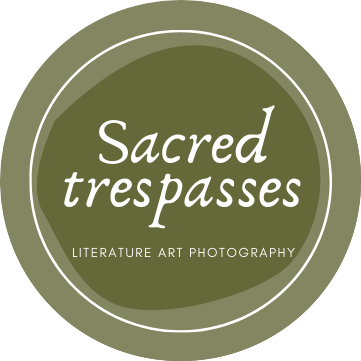Rebecca Solnit taught me to walk. Not in the literal sense, obviously. But it was because of Solnit that I made walking a central part of my life.
Wanderlust (2001) was the first of her books I read (at the urging of Tony Birch, who encourages writers to get out on the road to stimulate their work). It’s a cultural history of walking that embraces not just the great hikers and strollers of literature—Wordsworth, Woolf, Benjamin, Baudelaire—but activist walkers, from the English Ramblers’ clubs who trespassed on private land to reclaim public rights of way, to the Mothers of the Plaza de Mayo, who marched in protest around the central plaza of Buenos Aires to protest the murders of their children by the regime. Walking for Solnit is seldom just a way of getting from A to B: it’s a creative, philosophical and political activity.
One of Solnit’s heroines is Virginia Woolf, who in the famous essay “Street Haunting” wrote of how a walk through the London streets on a fine evening offers sights—lighted windows, butchers’ shops, a dwarf woman trying on shoes—that take the walker out of herself and excite the imagination. These unexpected encounters leave the streets “accidentally but miraculously sprinkled with beauty.”
The titles of Solnit’s books make you want to get out and explore: Wanderlust, The Faraway Nearby, A Field Guide to Getting Lost, A Book of Migrations. Where she differs from conventional travel writers is that the exploration is as much internal as external. It’s not about conquering mountains and deserts, racking up the miles in an endurance contest or a quest for the exotic. It’s about imagination, memory, making connections and finding the profound in the ordinary. As Solnit writes, “Exploring the world is one of the best ways of exploring the mind, and walking travels both terrains.”
Reading Solnit is like taking a walk with a guide who keeps plunging off the trail. She roves across disciplines and genres, leaping from geography to memoir, the visual arts to folklore. As with all interesting journeys, the point is not the destination but the process of getting there. Nothing is irrelevant, because everything is connected: this point is well made by River of Shadows, her biography of the pioneering nineteenth-century photographer Eadweard Muybridge. Solnit weaves together the history of technology, visual analysis and the life of the rogue genius in a way that simultaneously informs your understanding of early San Francisco, the march of the railways across the American West, landscape photography, frontier conflicts, and the way horses move when they gallop.
All this is rich and fascinating. But you know a writer’s work has profoundly affected you when you see the world differently as a result. I’ve begun to see the stories embedded in landscapes, to hunt beyond the obvious. I’ve become intrigued by tiny details which I previously ignored. I get off the train at unfamiliar stations and walk to my destination. I relish a trip to a suburb I have never seen before. I’m more aware of the subtle connections between people and places. Solnit expressed this beautifully in Wanderlust:
When you give yourself to places, they give you yourself back; the more one comes to know them, the more one seeds them with the invisible crop of memories and associations that will be waiting for you when you come back, while new places offer up new thoughts, new possibilities.
For a writer there’s a practical end to all this. I never return from a walk without something to write about: a bizarre encounter, an evocative building, a work of street art, a faded, enigmatic piece of signwriting. Such things are what the American poet Richard Hugo called “triggers” that set the writer’s mind free to roam, and then to write. They are better experienced at close range, by walking, rather than from the insulated capsule of a car or train (or even a bike, in my view). Learn to walk, and you’ll never lack material. Read Solnit, and you’ll never see the world quite the same way again.
Nick Gadd is an essayist and novelist. He currently writes the blog Melbourne Circle about roaming the Melbourne suburbs in search of abandoned factories, old signwriting, former cinemas and lost greyhound racing tracks. In 2015 he won the Nature Conservancy Australia Nature Writing Prize and was shortlisted in the essay category of the Melbourne Prize for Literature.
To receive updates from Sacred Trespasses, subscribe or follow us via Facebook or Twitter.




